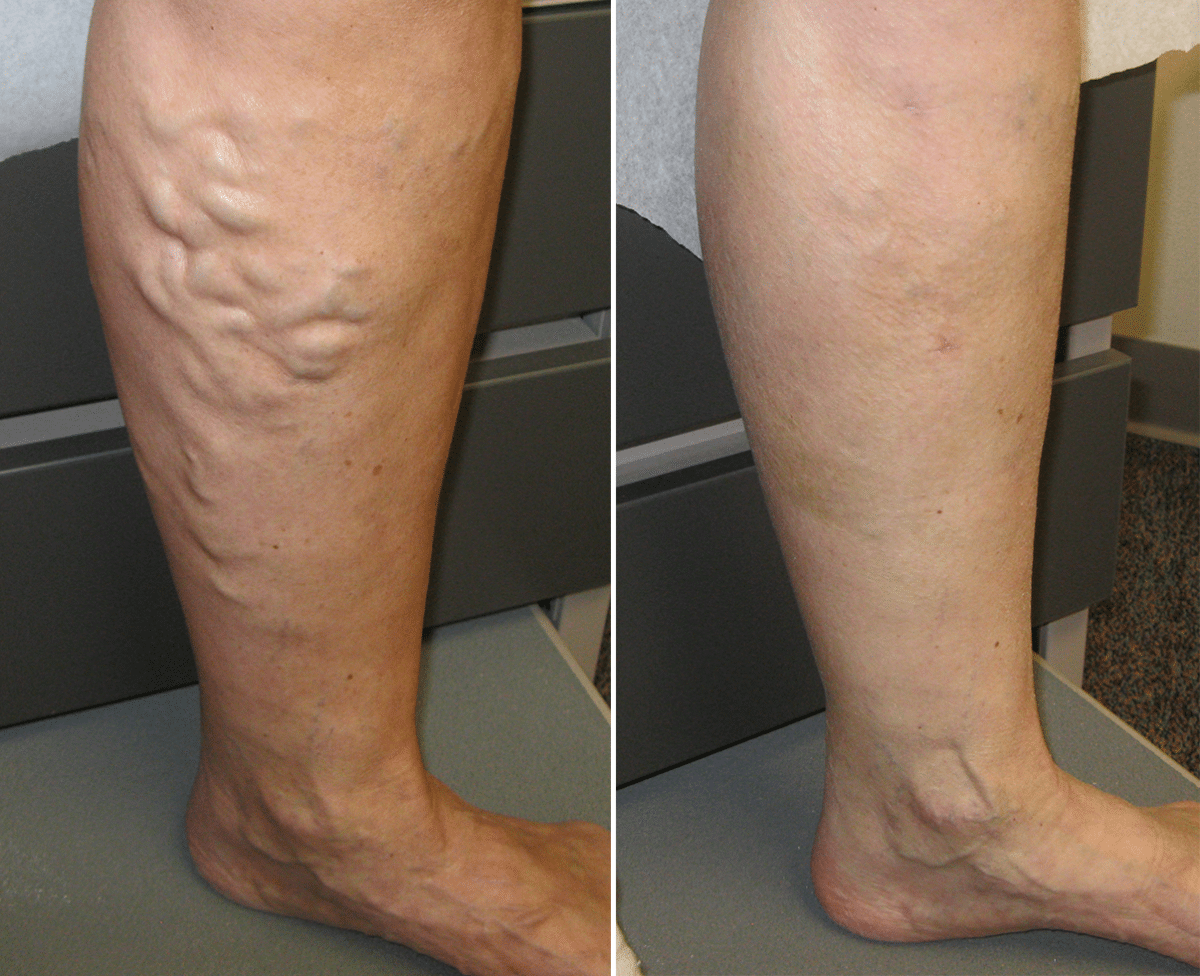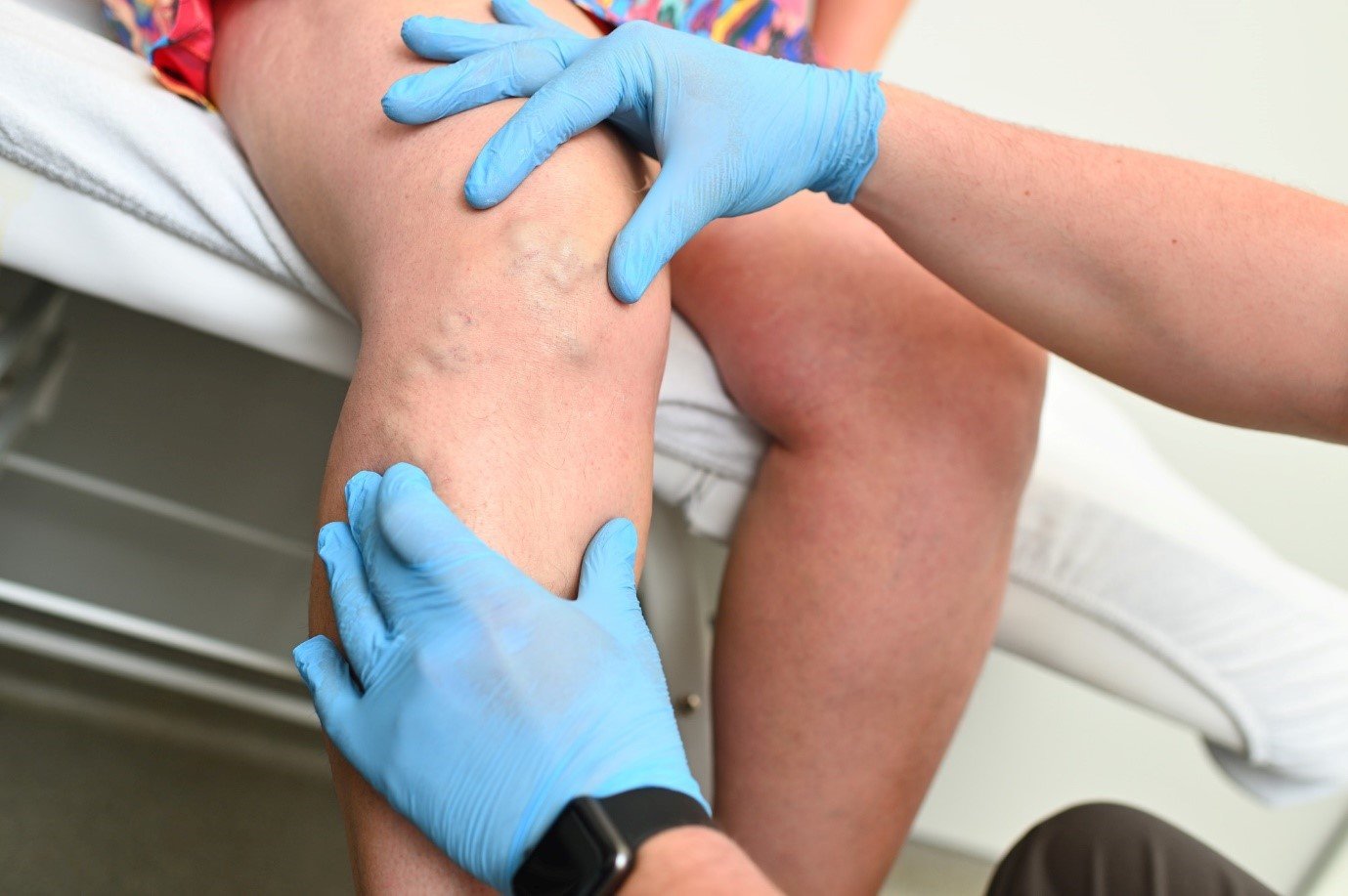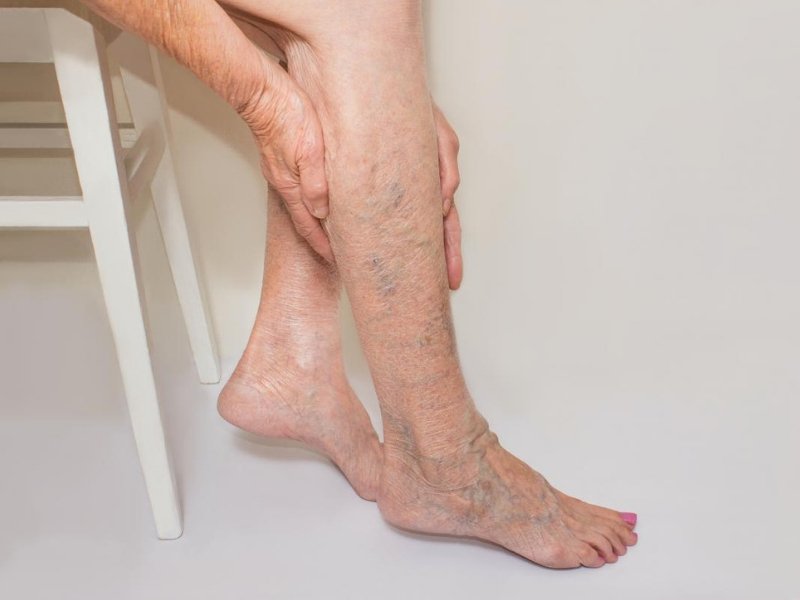It is well- known that varicose veins can get worse and more bothersome when temperatures rise or summer comes into our lives. But what we do not see so common is that the river does the opposite effect.
Generally, when we read something about varicose veins and room temperature, the text always opts more for heat and varicose veins than for cold and varicose veins. And yes, the truth is that it is known that varicose veins can get worse and bother more when temperatures rise or summer comes into our lives. But what we don’t see so common is that the river has the opposite effect.
The cold can relieve varicose veins; that is, the veins’ vasoconstriction usually improves when the temperatures are lower. Blood circulation is generally the main beneficiary of cold exposure. The cold can be environmental due to the change of weather or applied topically. After a long day of work, effort, exercise, and not stopping; Who doesn’t like a leg massage with a cool gel?
Why does it happen?
The vasoconstriction of the skin vessels and the subcutaneous venous network, due to the cold, can enhance the decrease in the size of the veins and therefore improve the symptoms.
In addition, when temperatures drop, our body can endure more doing sports, thus rejecting the sedentary lifestyle that affects varicose veins. Therefore, whether it is environmental cold or cold that we apply on the parts affected by venous insufficiency, the drop in temperature can help us relieve the legs’ heaviness and the sensation of swelling in them.
Less activity, less circulation
When the temperature drops, venturing outside for anything becomes more difficult. Unfortunately, a sedentary lifestyle only makes varicose veins and other chronic venous insufficiencies worse. Also, cold climates generally have low atmospheric pressure and can interfere with circulation in the body.
Advantage
A cold climate is not bad for your veins. In fact, winter weather can bring some specific benefits to venous health. Hot climates can block circulation and cause blood to collect in veins by dilating blood, while cold climates have the opposite effect. As a result, lower temperatures generally constrict veins, improve blood flow, and relieve common symptoms of varicose veins, such as cramps and swelling.
Suggestions
While it may seem difficult to stay active when the weather outside is dire, there are still several easy ways to keep your blood flowing. Make sure you don’t sit or stand in one place for too long. If your job is to sit at a desk or something similar, try to stand up occasionally or take a short, proper walk, even if it’s close to your office or home. Try stretching in the morning and raising your legs a little before bed. While the rich winter break food can be tempting, try to match your diet by avoiding overly salty or processed foods and prioritizing fruits, vegetables, and colorful, high-fiber foods. You can choose the varicose veins laser treatment.
Treatment
Although there are many ways to deal with varicose veins, they can only be cured through specialized varicose vein treatment regardless of the weather. Fortunately, there are minimally invasive procedures that can remove your varicose veins once and for all. Schedule an appointment with a varicose vein doctor in Mumbai today to make sure you’re free from discomfort for the coming winter months – and beyond!




